Retro Replay Review
Gameplay
Trash delivers a unique twist on the classic real-time strategy formula by centering all combat and base-building around the collection of trash in a grim, post-apocalyptic world. As commander of Humans or Mutants, you must strategically harvest trash while juggling your faction’s special resource—gas for Humans and people for Mutants. The interplay between these two currencies adds a layer of depth to every decision, forcing you to weigh short-term gains in manpower against long-term access to critical upgrades.
The heart of Trash’s strategic innovation lies in its pipe system. Resources flow through modular pipelines that link harvesting sites, processing structures, and defensive emplacements. Laying pipes in optimal configurations becomes a puzzle in itself: efficient routes reduce downtime, but a well-placed enemy strike on your network can cripple your economy. This system rewards foresight and punishes overextension, keeping each skirmish tense from first pipe-laying to final assault.
Alliances between Humans and Mutants unlock another strategic dimension. By physically connecting your pipe networks, you gain access to your ally’s technology tree, blending human gas-powered weapons with mutant bioengineering. However, maintaining that connection demands careful map control—an enemy raid can sever your alliance benefits in seconds. This mechanic turns joint-play sessions into high-stakes collaborations where communication and map awareness are paramount.
Graphics
Trash’s visual style embraces a gritty, industrial aesthetic that suits its waste-salvage premise. Base structures are angular and purpose-built, with steam-punk inspired piping and weathered metal textures that underscore the world’s scarcity. While the game leans on 2D isometric sprites rather than cutting-edge 3D models, its art direction remains coherent, evoking a believable future world ravaged by collapse.
Unit animations are functional if not flashy—bullets trail in straight lines, and explosions are satisfyingly chunky rather than overly flashy. The simplicity of the visuals actually benefits gameplay clarity: it’s always easy to distinguish between Humans’ gas tanks and Mutants’ fleshy harvesters on the battlefield. Special effects, such as the glowing cores of precious metal sites and the toxic haze around waste fields, provide just enough visual flair to keep the action engaging without obscuring crucial tactical information.
Environmental variety comes in the form of map-specific hazards and resource locations. Toxic waste sites bubble with green sludge, while precious metal nodes shine in stark contrast to the muted background. The modest level of detail helps maintain consistent performance even in 24-player online skirmishes, ensuring that frame rate dips never interrupt your strategic maneuvers.
Story
Trash opts out of a traditional single-player campaign, offering no scripted narrative or character arcs. Instead, it sets up a bare-bones backstory: humanity teeters on the brink, and mutant survivors rise from the wasteland to contest the world’s detritus. This minimalist setup leaves most storytelling to players’ imaginations and the emergent drama of multiplayer engagements.
Although you won’t find elaborate cutscenes or voiced dialogues, the scattered environmental cues—derelict factories, rusted vehicles, and buried ruins—build a convincing atmosphere of decay. Faction descriptions reveal just enough lore to frame each skirmish as part of a larger struggle over dwindling resources. For players who appreciate world-building through gameplay rather than exposition, this approach feels refreshingly unintrusive.
The lack of a structured campaign might disappoint those seeking a guided narrative experience. Yet for many RTS veterans, Trash’s stripped-down story proves liberating: you’re free to craft your own victories and defeats, forging legends in ad hoc multiplayer battles rather than following a predetermined plotline.
Overall Experience
Trash stands out in the modern RTS landscape by emphasizing resource logistics and alliance-based technology sharing. Its pipe-driven economy and faction synergy encourage creative strategies and dynamic team play. If you thrive on real-time problem solving and enjoy the tension of fragile supply lines, you’ll find plenty to love here.
However, the absence of a dedicated campaign and the reliance on dated 2D graphics may limit its appeal for players seeking cinematic solo experiences or visual spectacle. Multiplayer skirmishes—with support for up to 24 players—are very much the game’s strong suit, so your enjoyment hinges on finding active communities or friends to team up with online.
In the end, Trash delivers a lean, mechanically rich RTS that rewards tactical ingenuity and cooperative play. It may not woo you with flash or narrative depth, but its core systems offer enduring replay value for strategy enthusiasts willing to embrace its post-apocalyptic dumpster dive.
 Retro Replay Retro Replay gaming reviews, news, emulation, geek stuff and more!
Retro Replay Retro Replay gaming reviews, news, emulation, geek stuff and more!
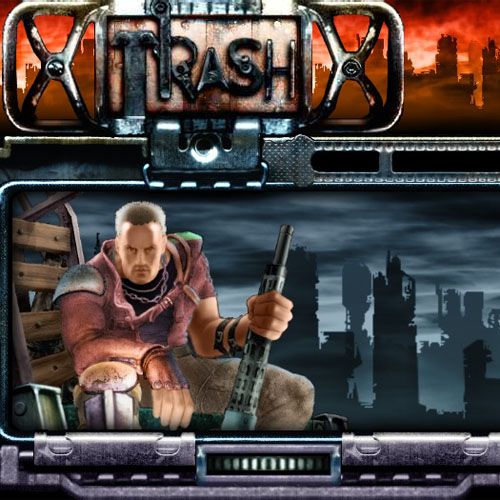
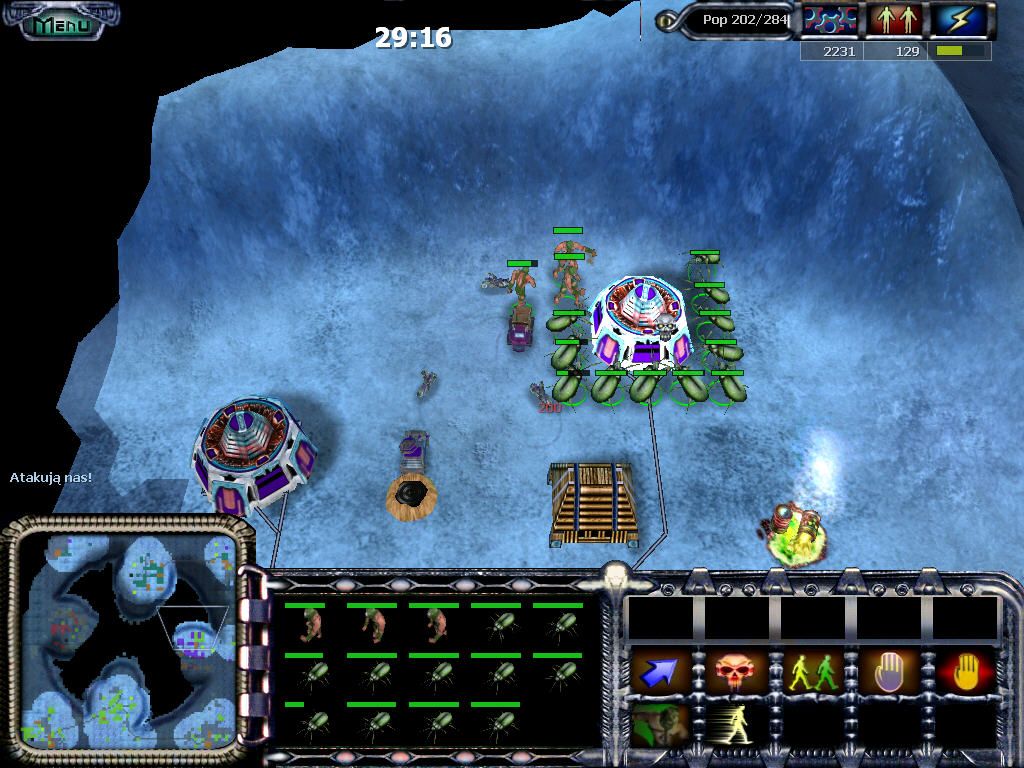
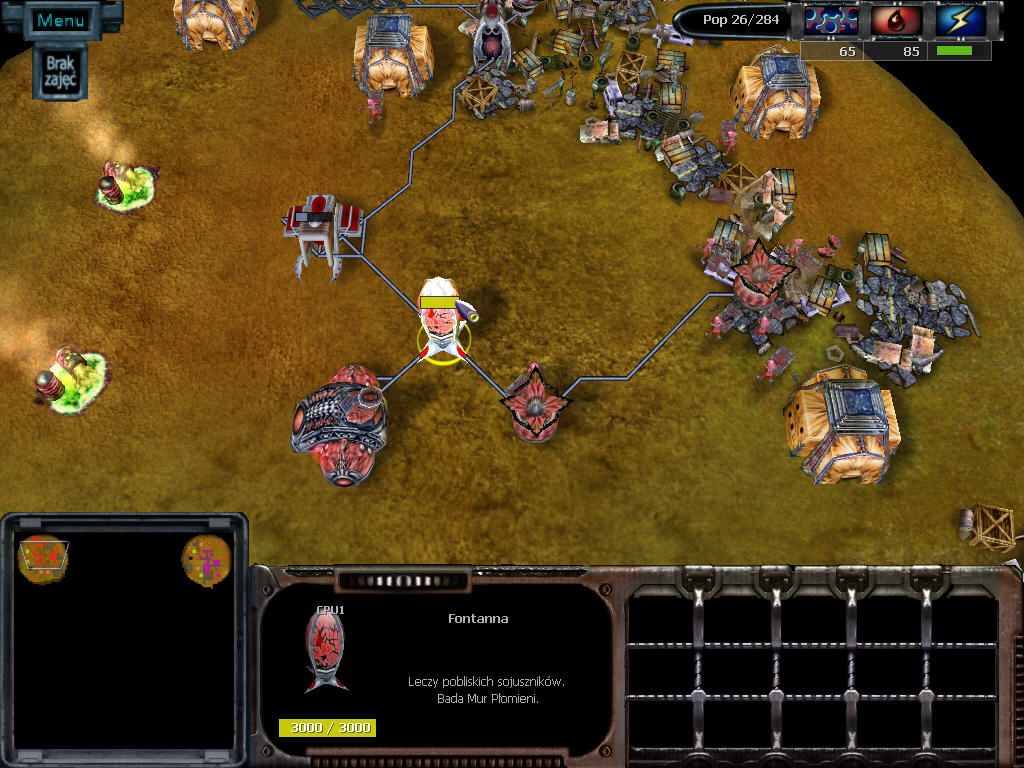
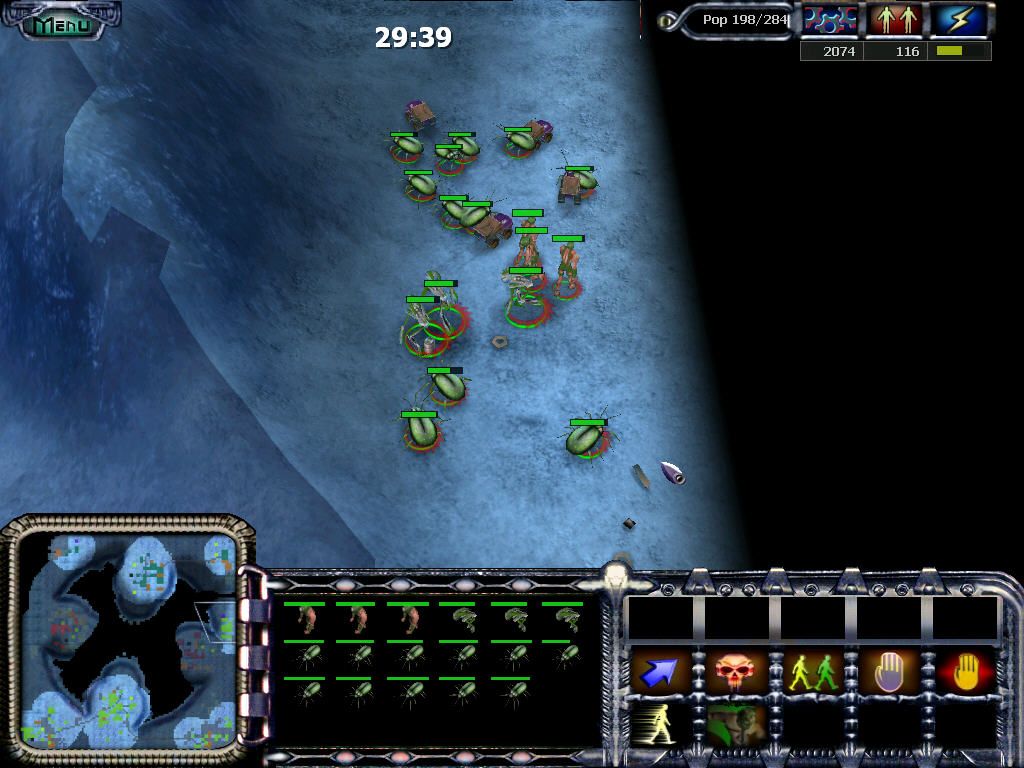
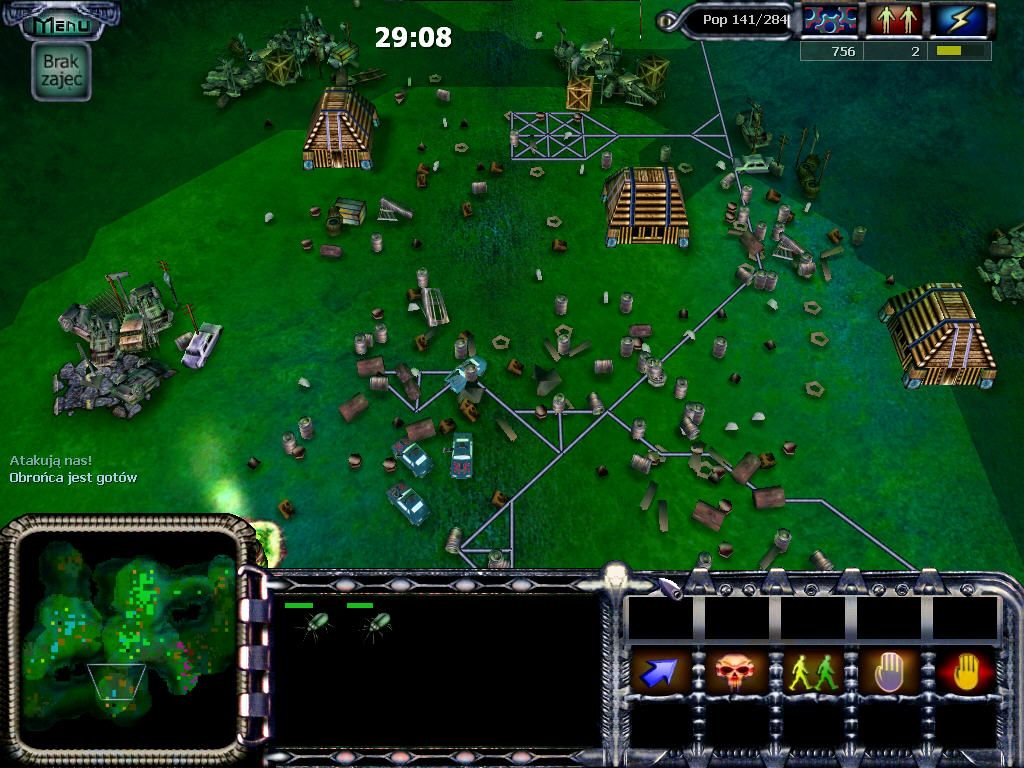
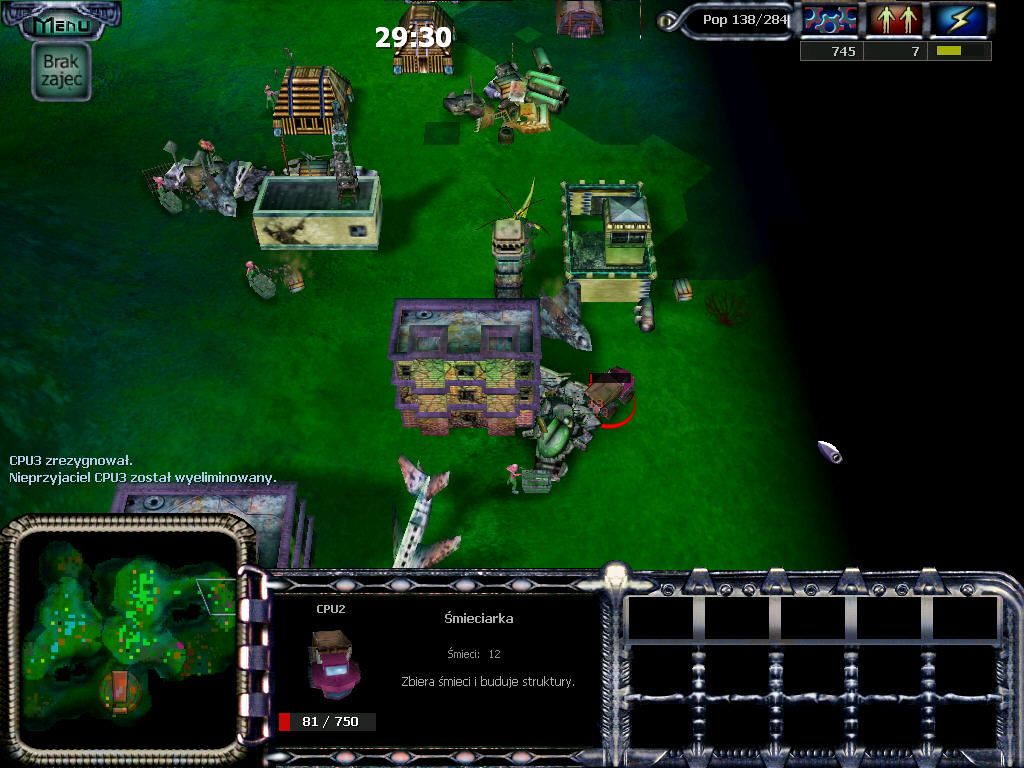



Reviews
There are no reviews yet.